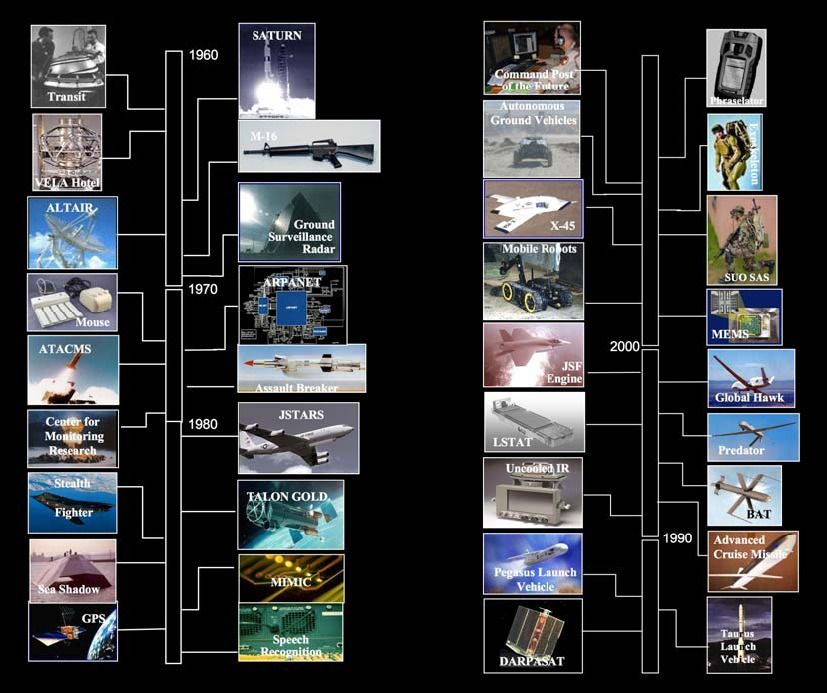Mar 20, 2007
Reducing nuclear bomb casualties
Posted by Brian Wang in categories: defense, existential risks, nuclear weapons
Some information on how to reduce nuclear bomb casualties
If you are downwind of the blast, look at tree tops to see direction of wind and then flee perpendicular to the wind. Because the plumes are significantly longer than they are wide, moving as little as one to five miles perpendicular to the plume can mean the difference between life and death. People in areas upwind of the detonation site, on the other hand, are safest staying where they are.
Today’s hospital burn units provide exemplary but time consuming care to burn victims, who typically arrive sporadically and in small numbers. A nuclear attack would bring a sudden surge of patients, but the medical system could dramatically minimize fatalities by training staff and equipping non-medical people to treat second-degree burn victims in much larger numbers. The focus must be on cleaning the wounds to avoid fatal infections, administering painkillers and then moving on to the next patient. And all of this must occur in the field, since thousands of victims would not make it to a hospital.









